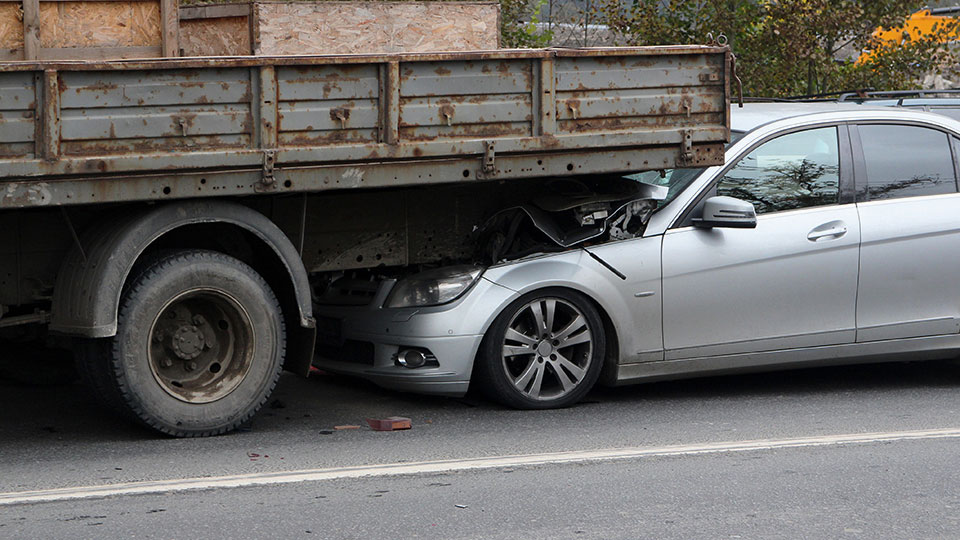Truck Drivers And Motor Carriers Are Trained To Prevent Underride AccidentsWhy do they blame the car driver?
Underride truck accidents often resulted in the death of car drivers until rear underride guards were mandated. Side underride accidents continue to result in many deaths. Semi Trucks are required to have rear underride guards. The rear underride guard is the metal that extends from the rear of the trailer down the height of a passenger car’s bumper. This is a relatively inexpensive safety feature that was tragically brought into law after Jayne Mansfield, a blonde Hollywood bombshell was killed. She was a passenger in a car that slid under the rear of a semi truck. She was killed instantly along with the other adults in the car. Her young children, including Mariska Hargitay, the star of Law and Order SVU survived with minor injuries. She still has a scar on her face from this truck crash. This tragic loss of life resulted in legislation mandating the use of rear underride guards. It is a tragedy that side-underride guards are not currently required. Advocates for trucking safety lament that it took the death of Hollywood star in 1967 led to the 1998 rear underride guard mandate. The side underride guards are relatively inexpensive to install and efforts to require their use are currently being opposed by the trucking industry. The underride truck accident lawyer at Patterson Law is available to discuss your case.
The most common underride accidents involve cars running into the back of slow-moving tractor trailers, tractor trailers that stopped on the side of the road and tractor trailers that are pulling onto a roadway. Tractor trailers are very large and usually visible but at night visibility is often limited to lighting, reflective striping and warning devices such as cones or triangles. U-turns made by tractor trailers at night are incredibly dangerous to cars traveling on the roadway.
Driver reaction and perception is a science that explains why these crashes occur. The total stopping time for a driver faced with a hazard is the total of:
- The time to perceive/recognize the hazard
- The time that involved in the decision process as to the proper reaction
- The time it takes to apply the brakes, plus
- The time and distance for the vehicle to stop.
Due to the specific lighting conditions and surrounding conditions at the time of an underride crash the time it takes for a driver to recognize and perceive a hazard may be difficult to estimate. This portion of a driver’s reaction time involves detecting a light or a reflection and they are identifying that light or reflection as something that requires evasive actions such as braking.


